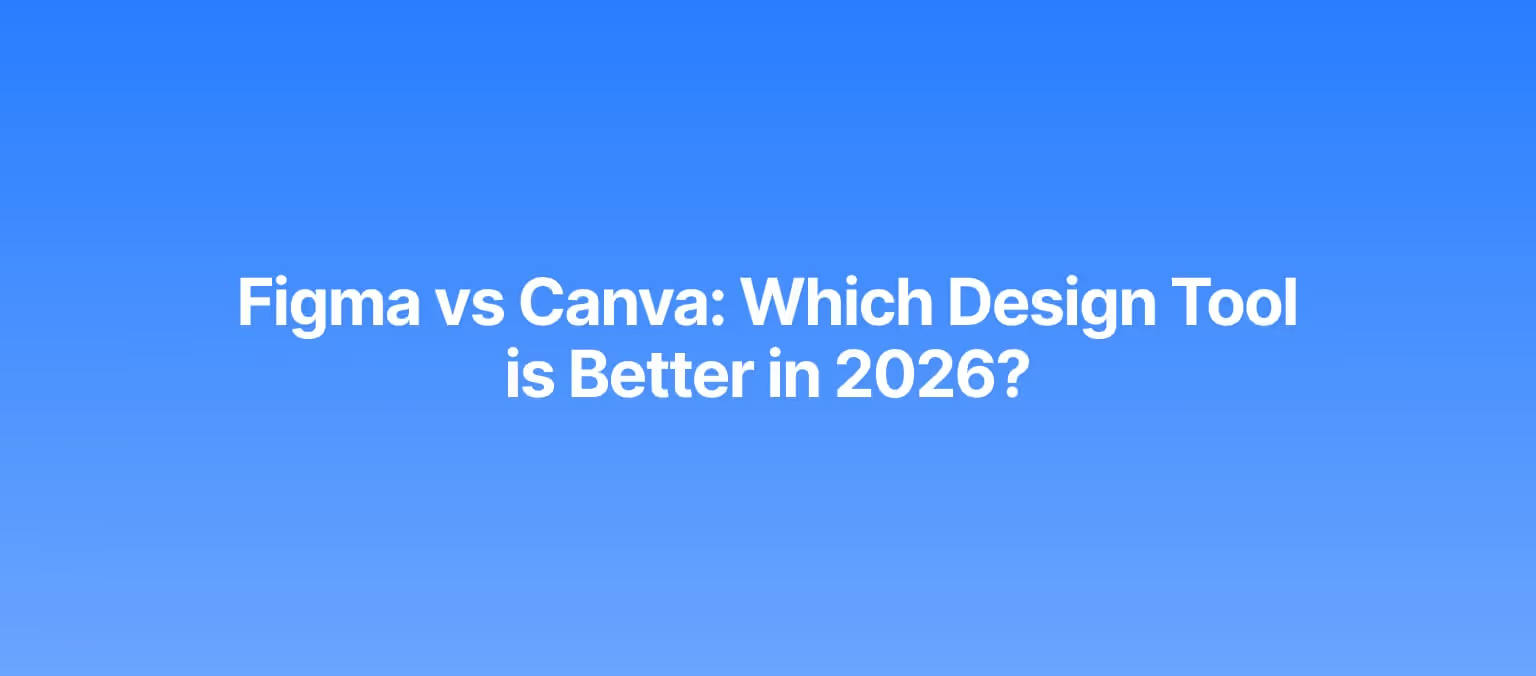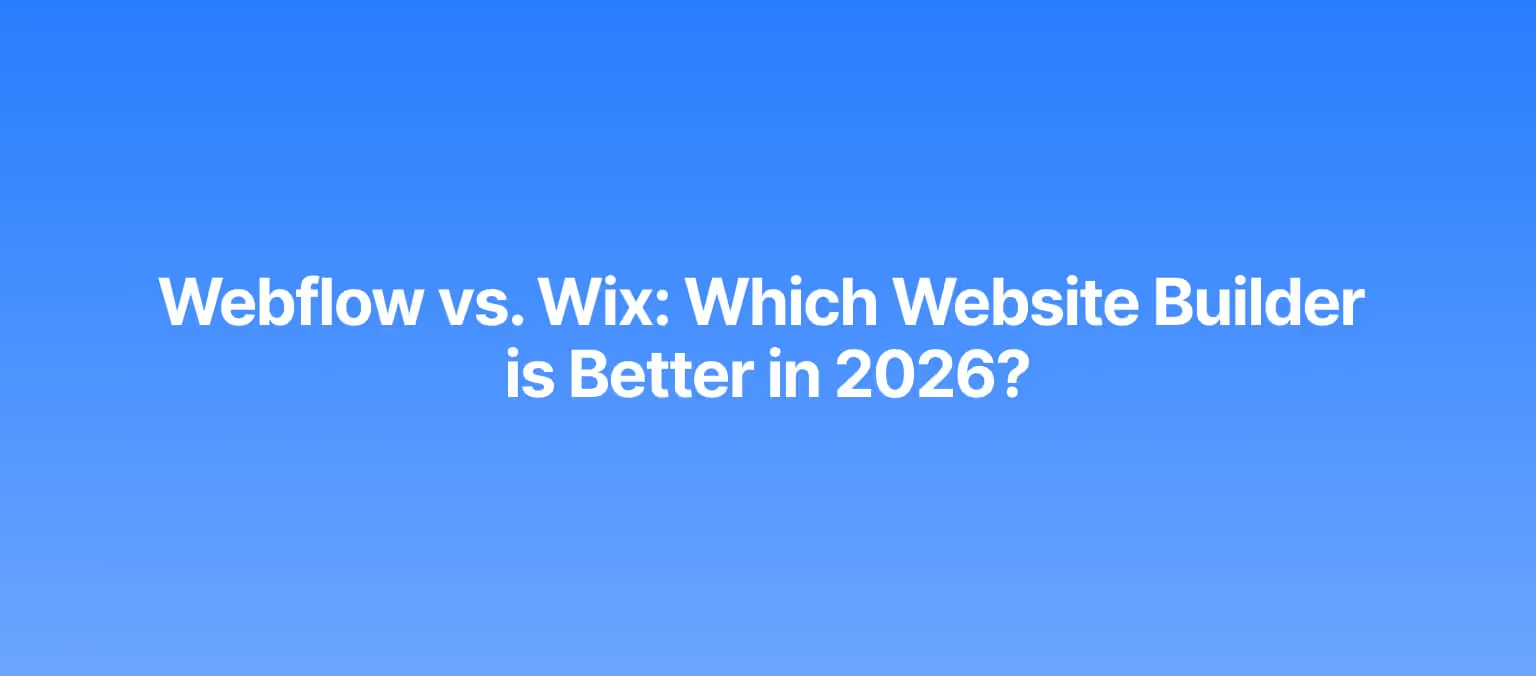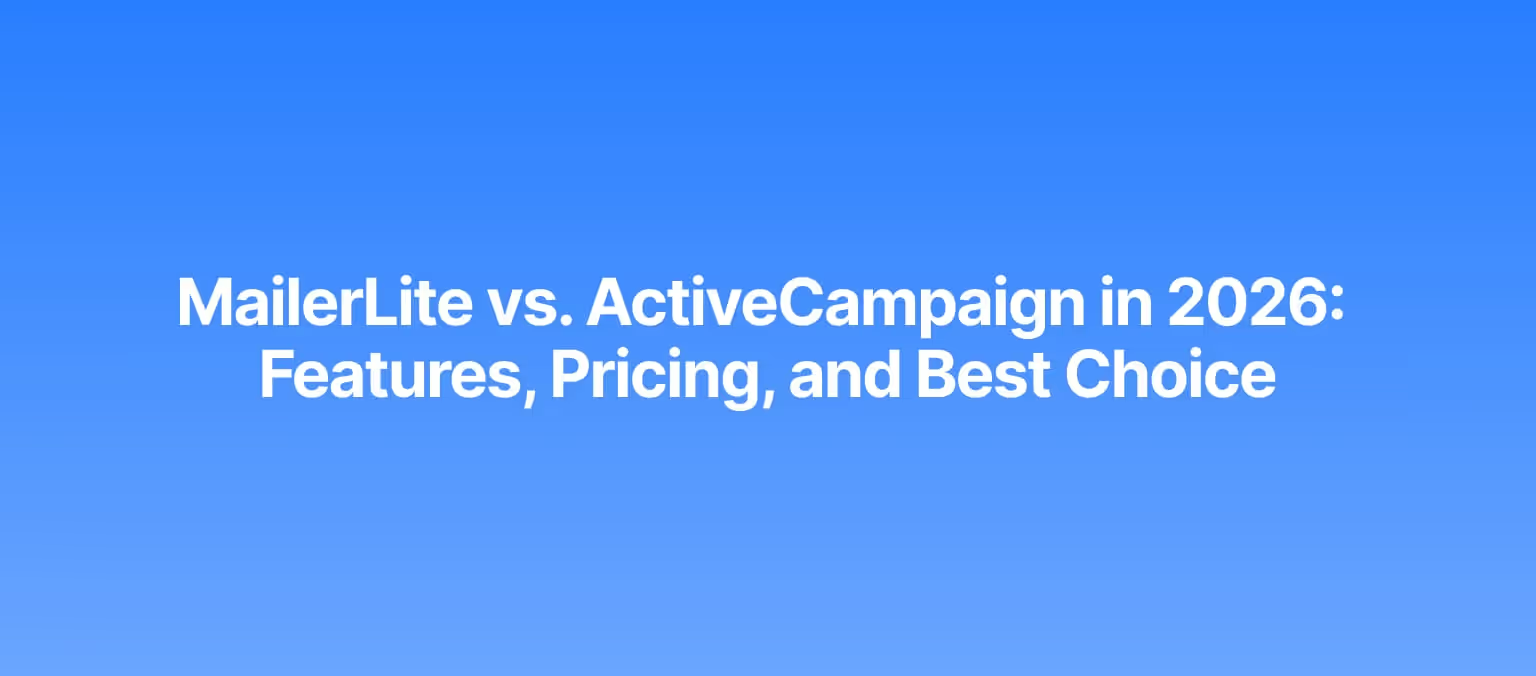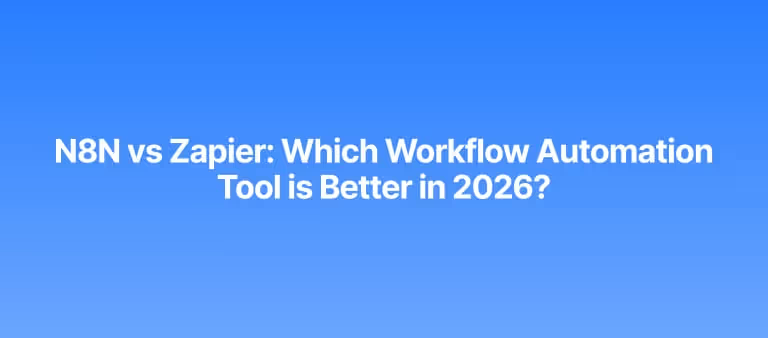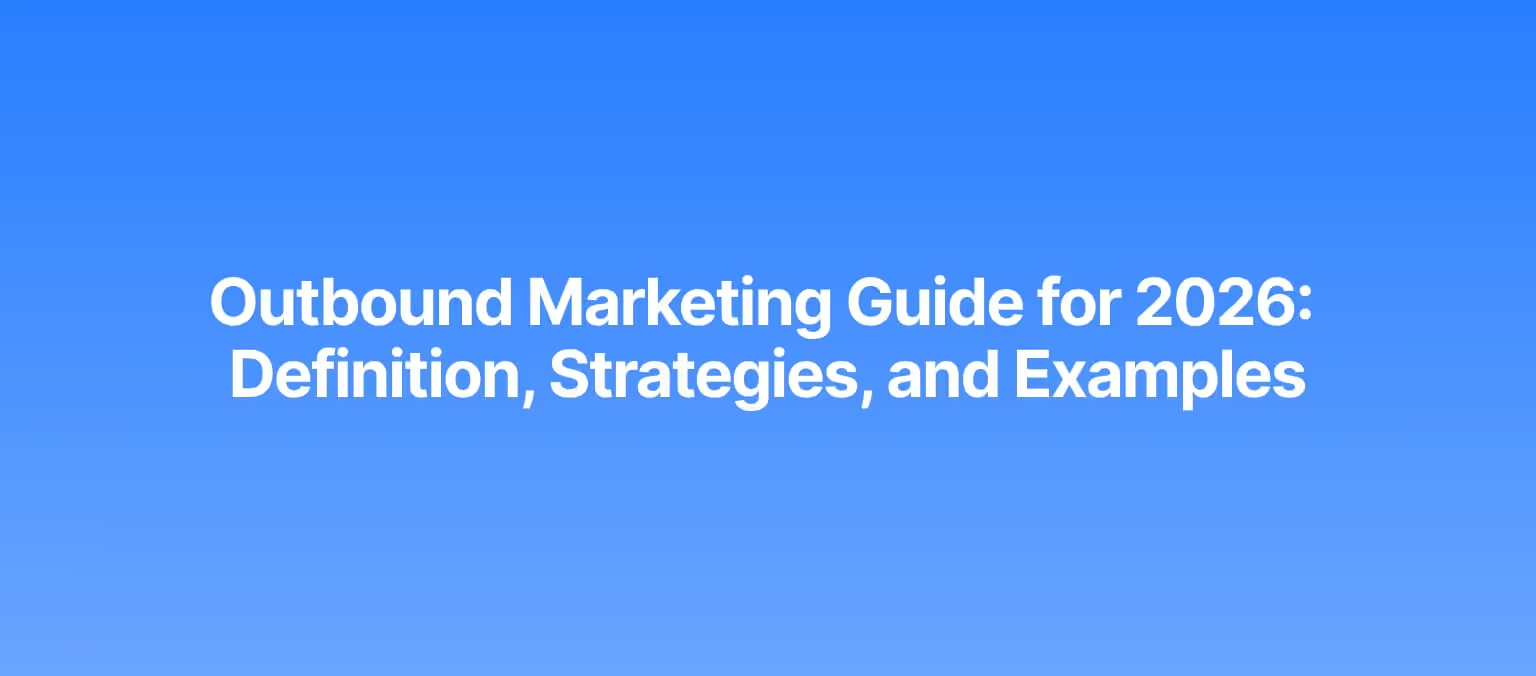You’ve got clues that show your prospect’s buying intention, crafted great content, and reached out — but conversions still aren’t where they should be.
The problem? You may be talking to the wrong people at the wrong time, leaving sales opportunities on the table. So, how do you avoid this?
In this guide, you will learn how to identify and use intent signals to boost your sales and marketing efforts effectively.
What are Intent Signals?
Intent signals, also known as buying signals or intent data, are hints that show a potential customer’s interest in buying your products or services. These signals help identify when a potential customer needs a product or service, researches the solution, and considers making a purchase.
Website visits. Hiring intent. Expansion or relocation to a new site. Layoffs. Merger or acquisitions. New executives. Funding rounds. New tech stack integrations.
These are all examples of intent signals. Sales and marketing teams can leverage these signals to identify potential customers, initiate sales conversations, and make informed decisions.
Types of Intent Signals
Intent signals are of three main types which include:
First-Party Intent Data: These are data collected from your own GTM ecosystem. They include activities like content downloads, website visits, product usage, webinar registrations, email engagement, and more.
Second-Party Intent Data: These insights are collected from partner agencies or outside news sources. They can be from review sites like G2, champion tracking platforms, and more.
Third-Party Intent Data: This intent data is gathered from external sources to provide a wider view of an account’s online activity. Examples include social engagement, search trends, public web browsing data, and more.
Forms of Intent Signals
Intent signals exist in different forms with each offering unique insights and perspectives into the user’s behavior. These forms include:
Engagement Intent Signals
These signals refer to the specific actions that show your prospects have interacted with a particular content on your website. They include likes, comments, shares, follows, or downloads.
An example is when your prospect downloads a research whitepaper from your site. That signals that your brand is on top of their mind. With this insight, you can craft a personalized sales strategy to cater to your prospect’s interests and needs.
Research Intent Signals
These signals indicate the kind of solution your prospect is actively searching for online. They show the topics your prospects are researching and reflect their buying stage. These valuable insights provide a roadmap to engage and follow up with your potential buyers.
For instance, let’s say you are an email marketer and you notice your prospect searching for “best email marketing software.” This shows they are no longer in the awareness stage but in consideration. You can leverage this information to position your brand as a potential solution.
Hiring Intent Signals
Hiring intent indicates the available job positions within a particular brand. If a company is hiring for different positions, it shows they’re seeking a solution in that area and are willing to spend money.
Suppose a company is searching for expertise with keywords like web developers, which could indicate that it intends to scale its web technologies.
Technographic Intent Signals
These signals show the technology stack a company uses. You can use it to identify when they started to use a particular technology or stopped using one. For instance, if a company uses platforms like LinkedIn to find leads, that could indicate they’re looking for data enrichment services or outreach tools to scale their sales operations.
Firmographic Intent Signals
Firmographic signals reveal valuable insights about a company. It includes information like company size, location, annual revenue, employee count, funding rounds, an upcoming event, and more.
These signals often indicate changes within the organization and depending on its type, show they are willing to spend money. For instance, if a company conducted a fundraising round, that shows they are ready to spend some money.
How to Use Intent Signals in B2B Sales
Intent signals become super valuable when you integrate with your go-to-market strategy. Here are five ways that marketing and sales teams can use intent signals to boost your B2B sales efforts.
1. Collect and Determine the Most Relevant Signals
Let’s face it. Working with all the signals you get from different tools will overwhelm and confuse you. In fact, the influx of signals could make it a bit difficult to identify and choose the right one that boosts your sales efforts.
According to Rob Harlow, Co-founder of Sopro, the first step is “finding out which ones are relevant to you.” In other words, you don’t have to deal with all the signals. Instead, find out the essential ones and concentrate your efforts on them.
Linda Lian, CEO of Common Room also adds, “Not every signal matters to every business.” What matters is to find your customer’s choice which would allow you to “focus on the signals, people, and accounts that matter most for their bespoke motion.”
2. Identify and Qualify Leads
Now that you’ve determined the most relevant signals, use them to identify and find qualified leads. Your potential leads should align with your ICP. They are people who have interests or are actively researching your solutions, industry, or competitor’s products. This process enables you to know who you’re targeting.
Qualify the leads based on the signal’s strengths. Leads with first-party signals like website visits require the utmost attention. Assign scores on each lead to prioritize your sales efforts.
Also, check if the potential leads are decision-makers and are present. Matt Curl, COO of Apollo shared his first-hand experience when they used insights from Yelp post’s comments to sell SMB loyalties. One of the things they would look at in the comments was if the company’s owners (decision-makers) were present or mentioned. If they were not available, they noticed that they had a low conversion rate.
The same thing applies to using intent signals. Curl says, “A part of readiness to purchase is to determine whether the decision-maker is available.” This person doesn’t necessarily have to be the company’s owner but they must have the authority to make a purchase decision. This approach helps determine whether you should prioritize and track the signal, as they could affect conversions.
3. Personalize Your Messages
A generic, one-size-fits-all sales pitch doesn’t speak directly to the challenges and needs of your prospects. As a result, there is a need to personalize their experiences.
You can leverage intent data to enhance personalization to fit your prospect’s unique preferences and behavior. In an interview with Keith Brooks, a B2B sales expert says “I make the entire thing about them. It’s all their logo, colors, names, city, and all about them so they can see and feel they’re the ones needing the products.” This approach prompts them to engage with your messages, increasing the chances of conversion.
4. Reach Out at the Right Time
If you reach out to a lead with high intent at the wrong time, you may not close the deal. Timing is crucial when using intent signals. Reaching out to your prospects at the precise moment increases your likelihood of getting a positive response and converting your prospects.
In an interview with Cesar Sarapka, Head of Sales of DragApp, he says “It's always important to stay close to the client, understand their needs, and show how our product can solve those needs. That's what we do, we keep the communication door open and talk with the client during the whole process.” By reaching out to the clients, they advise the clients to purchase or the clients realize the needs of their services.
5. Follow Up on Prospects
You can also use intent signals to follow up on prospects and boost your sales outreach efforts. This approach helps to address their potential concerns and nurture relationships, increasing the chances of conversion.
Dan Rosenthal, Partner at ColdIQ shared how this approach contributed to booking more meetings for ColdIQ every week. He said “We book about 20-30 meetings a week. But around 5-10 of those leads don't book meetings upon their first visit to our page. However, they receive follow-ups because we track first-party signals (e.g. incomplete booking forms).”
11 Intent Signal Tools for Your B2B Business
Tracking intent signals manually is a time-wasting and tedious process. In this section, we explore 11 signal tools that provide these valuable data automatically to supercharge your marketing and sales efforts.
1. Common Room

Primarily known as a customer intelligence platform, Common Room provides intent signals to fuel your sales pipeline and generate more revenue for your business. It captures buying signals from every stage of the buyer’s journey, providing sales opportunities you can capitalize on. Whether it’s website visits, fundraising rounds, or employment trends, you can get the most relevant signals unique to your prospecting efforts.
Additionally, its Person 360 feature reveals the main identity behind each signal. In other words, you don’t just get the clues. You recognize the person and account behind the signals, providing you an advantage to reach them.
The platform’s AI sales agent, Roomie AI also allows you to create custom signals and find your ideal buyers. You can input your prompt, refine it, and repeat the process to get your signals. The platform integrates with third-party platforms like Slack, Shopify, Medium, and more to streamline your workflow.
Key Features
- A unified database that obtains hundreds of signals for salespeople
- The Roomie AI allows you to create custom signals to boost your prospecting efforts.
Pricing
Custom’s pricing starts at $999 per month.
2. Instantly

If you don’t want to miss out on high-value prospects who visit your website, we suggest using Instantly. Instantly unveils detailed information about your web visitors, ensuring you reach them and close deals.
You can get details like your prospect’s full name, business email address, company name, or LinkedIn profile to contact them easily. The sales engagement platform pushes these details to Slack to boost your outreach campaign and optimize your sales process.
Instantly also offers advanced filters to sort your web visitors and reveal the relevant prospects. This approach ensures you focus on the most promising prospects who are more likely to convert for your business.
Key Features
- A web visitor identification feature deanonymizes your unknown visitors and provides their contact details.
- It integrates with Slack for an effective outreach campaign.
- Its advanced filters allow you to segment your web visitors and focus on the most relevant prospects.
Pricing
Instantly’s pricing plans start at $47 per month.
3. Lemlist

Lemlist is another intent signals platform that boosts your sales efforts. With its web visitor identification feature, you can recognize the companies landing on your site and convert the traffic into revenue. All you need to do is to install a website tracking script for the software to identify your web visitors accurately. It provides details of European and US-based companies directly into Lemlist’s B2B database feature.
Besides, Lemlist’s smart filtering feature allows you to find relevant people from your web visitors list. This approach allows you to segment your leads effectively, creating a targeted outreach campaign.
You can perform other tasks like email verification or multichannel outreach sequences to increase your chances of converting your web visitors. Lemlist integrates with various tools like CRMs, data enrichment platforms, and workflow tools to drive efficiency.
Key Features
- A web visitor identification feature that deanonymizes your web visitors and ensures you don’t miss out on sales opportunities.
- A smart filtering feature that segments your leads and ensures you target the right people
- Integrations with CRMs, data enrichment, or workflows to maximize efficiency.
Pricing
Lemlist’s pricing plans start at $69 per month with a 14-day free trial.
4. Vector
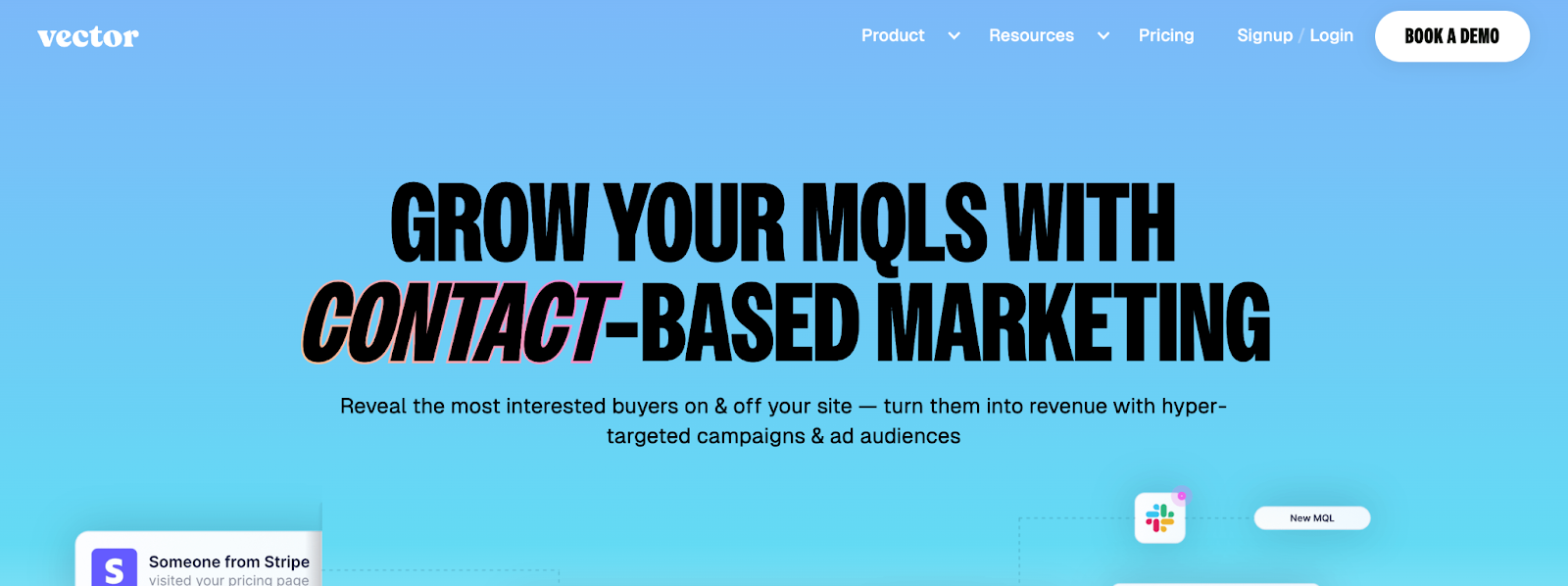
Vector is a contact-based marketing that identifies the anonymous visitors landing on high-intent pages on your website. It uncovers details like your prospect’s full name, email address, company name, job title, or location. With your web visitors’ information revealed you can contact them and ensure you don’t miss any sales opportunities.
Additionally, Vector offers buyer intent data to track high-value prospects searching for a solution similar to yours. You can get 1st-party signals on any contact or surf through its library of relevant topics to find your most relevant prospects. Vector integrates with various tools like CRMs and cold outreach platforms to improve your workflow.
Key Features
- A website visitor identification feature that identifies the anonymous people landing on your site.
- A buyer intent data feature that tracks signals to boost your sales efforts
- Integrations with various CRMs and cold outreach platforms.
Pricing
Its Growth plan starts at $1,000 per month.
Related: Clay vs. FullEnrich: Which Data Enrichment Service is Better?
5. Clay

Although Clay is famous for its data enrichment services, it offers intent data to reach relevant prospects. Clay tracks buying signals across the entire market to reach your ideal buyers at the right moment.
For instance, you can get messages when someone changes their job, alert on new hires, or monitor when a prospective customer gets relevant promotions. With your signals identified, Clay pushes them to sync with your CRM and keep your data up-to-date.
Key Features
- Clay tracks and provides your sales team with intent data.
- It syncs signals with your CRM to keep your database updated and relevant.
Pricing
Clay’s pricing starts at $149 per month.
6. RB2B
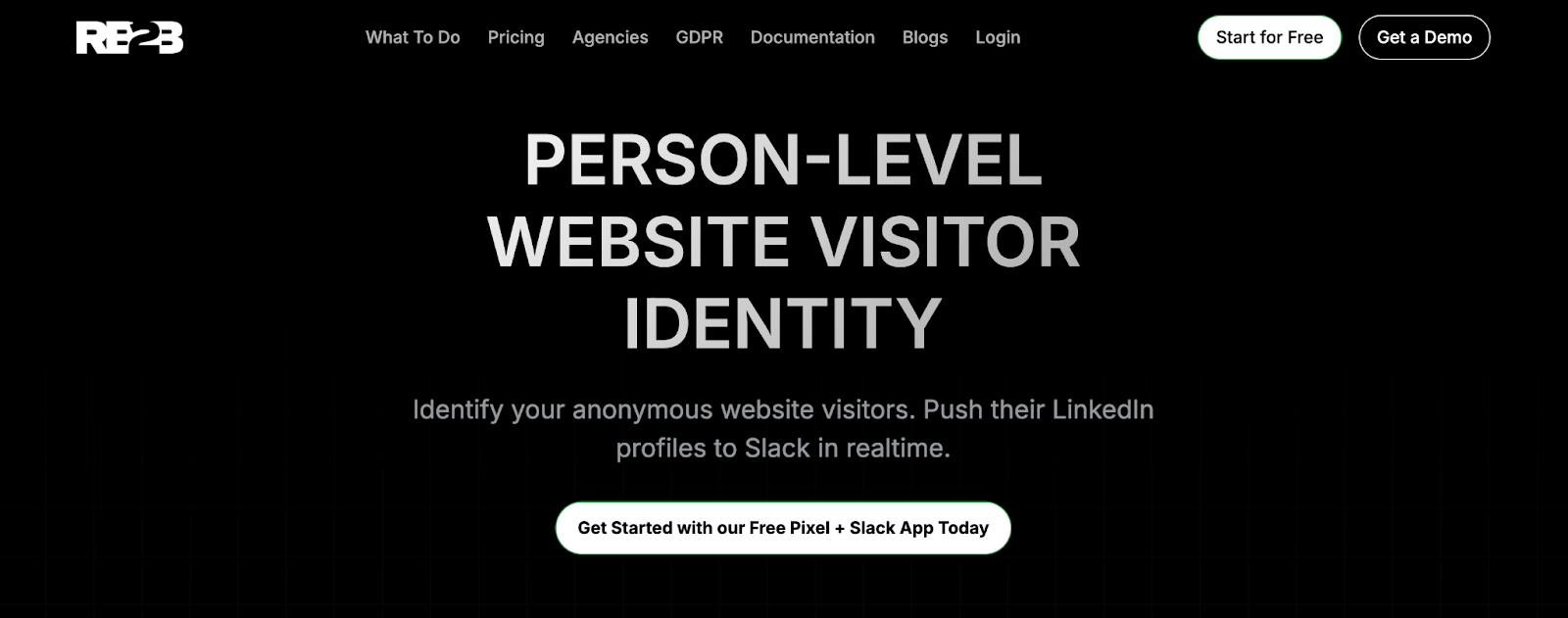
Need to identify your website visitors? RB2B is your best shot. The web visitor identification software deanonymizes the visitors landing on your website. It provides information like contact details, job titles, and LinkedIn profile URLs and pushes the information to Slack. With this approach, you don’t get to miss out on sales opportunities that could contribute to your business’s revenue.
RB2B only works for US-based visitors. In other words, it doesn’t target European web visitors or obtain their data. It’s compliant with regulatory bodies such as GDPR, CCPA, and CPRA.
Key Features
- RB2B identifies anonymous website visitors.
- It obtains your visitors’ information and pushes them to Slack.
- It works for US-based visitors.
Pricing
RB2B offers a free version and a paid version that costs $99 per month
Related: RB2B vs Warmly: Which Website Visitor Identification Software is Better?
7. Warmly
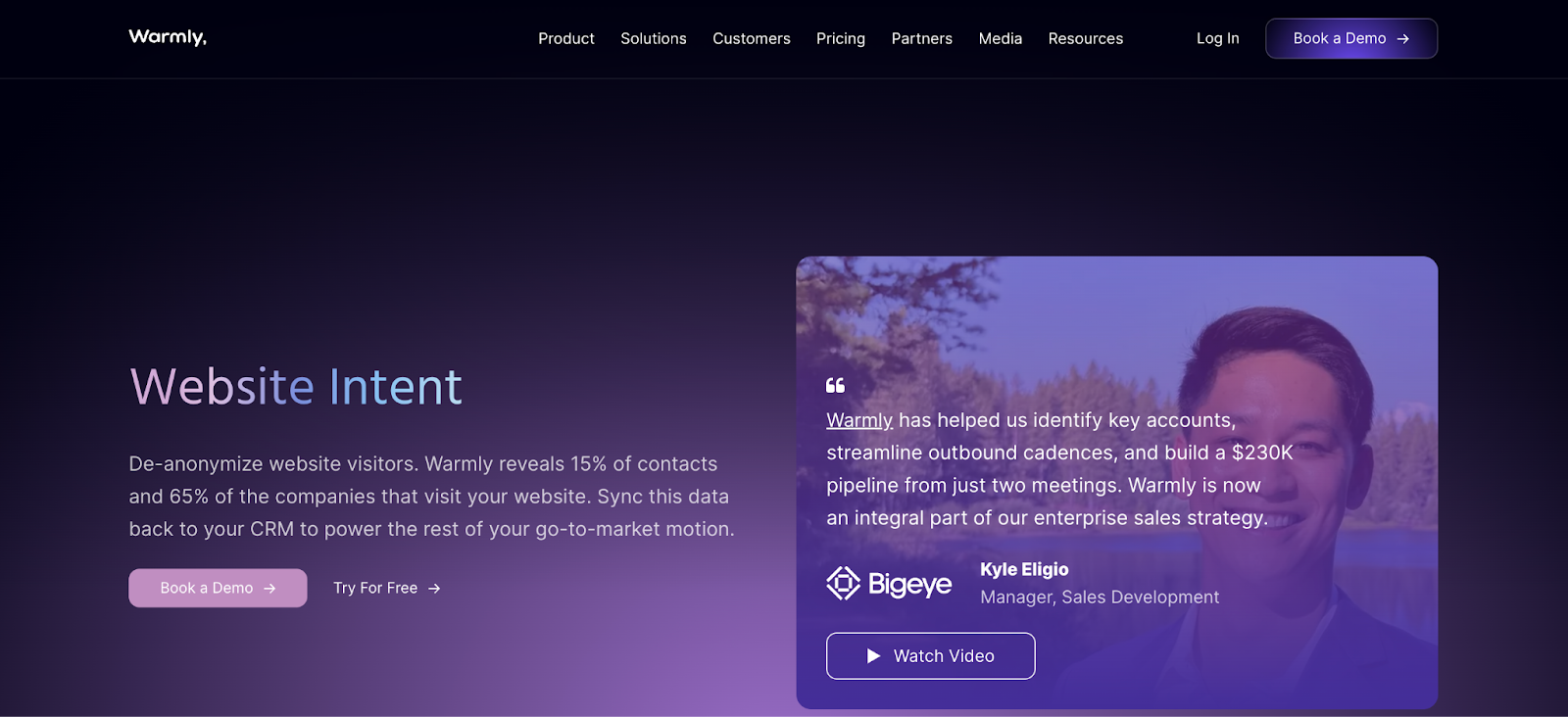
Warmly is a signal-based revenue orchestration platform that identifies your website visitors and offers engagement features to businesses. Once a visitor lands on your website, the platform deanonymizes their profile and sends their information to your CRM. It uncovers about 15% of contacts and 65% of companies visiting your website.
Warmly also filters your web traffic and builds a comprehensive lead list. You can segment your lead list by firmographic, technographic, website activities, or research topics for targeted outreach. It integrates with platforms like Slack, Outreach, Apollo, Pipedrive, and SalesLoft to enhance your sales workflow.
Key Features
- Warmly’s deanonymization feature identifies your website visitors.
- Its traffic filters allow you to segment your leads for effective targeting.
- Native integrations with other platforms to enhance your workflow.
Pricing
Warmly’s pricing starts at $499 per month.
8. Trigify
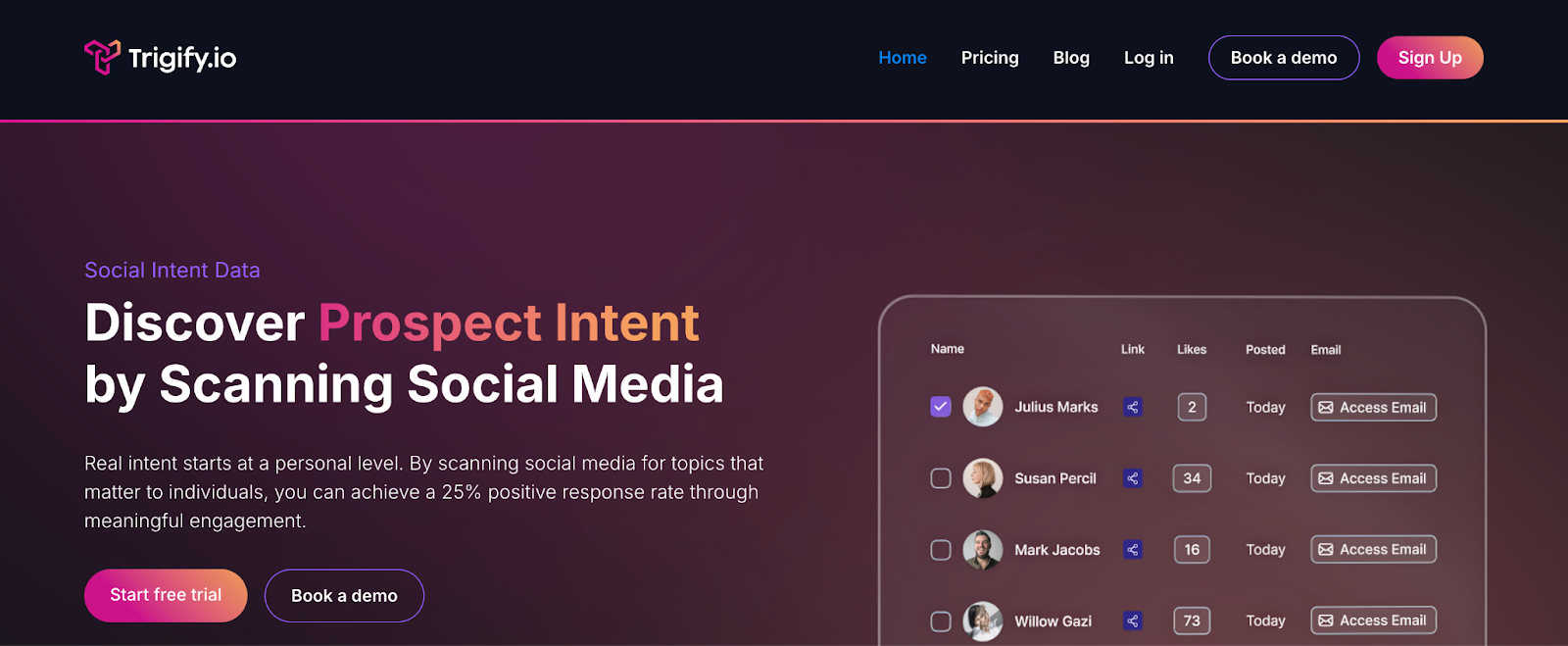
If you’re interested in getting social signals, Trigify might be your favorite. This platform scans social media sites for intent data to drive meaningful engagement to your campaigns. For instance, you can identify topics your prospects are interacting with and tailor your outreach strategy. You can also research competitors with similar offerings to find your ideal buyers.
Trigify offers personalized data to drive hyper-personalized campaigns that resonate with your audience. It also watches out for conversations within your industry to keep updated on recent happenings.
Key Features
- It discovers engagement trends to connect with your ideal audience.
- It offers personalized data to drive targeted campaigns.
- It tracks conversations in your industry to keep you informed and engaged.
Pricing
Trigify’s pricing starts at $69 per month.
9. Ocean.io

Ocean offers a lookalike search to find the most relevant prospects for your sales. With a URL and a detailed ICP, its AI-driven algorithm uses machine learning and natural language processing to replicate your existing customers at scale.
Furthermore, Ocean allows you to filter your broad audience and refine the lookalike search to create a more targeted list. This approach expands your reach and tailors your efforts to the most promising prospects.
Key Features
- A lookalike search feature that replicates your existing customers at scale.
- A search filter feature that refines the search result to create a more targeted list.
Pricing
Ocean’s free plan comes with limited features and credit. But you can opt for one of its paid plans for $79 per month.
10. LoneScale

LoneScale offers sales triggers to find more sales opportunities and close more deals. You can leverage the platform to get unique signals that scale your efforts. For instance, its job posting signal informs you of open roles within targeted companies while its new hires signals capture information about new executives that fit your lead list.
The platform also personalizes your outreach process to create a resonating campaign. It syncs with CRMs like HubSpot and Salesforce for seamless data transfer and enhanced workflow.
Key Features
- Intent signal features that keep you updated about relevant information to boost your sales efforts.
- Integration with CRMs to update your database and improve your workflow.
Pricing
LoneScale’s pricing plan starts at $1,000 per month.
11. Humanlinker
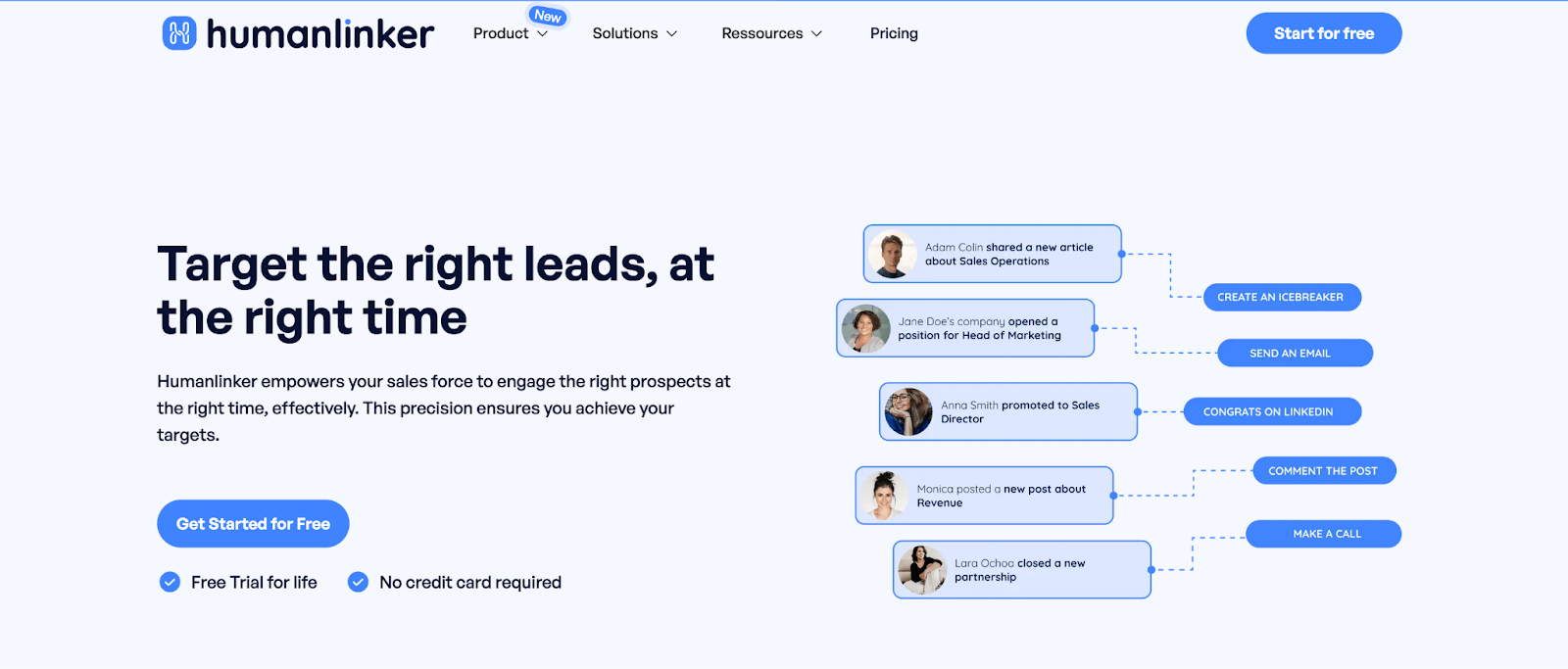
Our final intent signal-based tool is Humalinker. The platform provides intent signals from target accounts to fuel your sales pipeline and increase opportunities. Whether it’s fundraising, job changes, LinkedIn publications, new events, or new offices, Humanlinker provides tons of these signals to ensure you don’t miss any of these sales opportunities.
Humanliner also integrates with various third-party platforms to improve productivity and drive efficiency. You can integrate with HubSpot, FullEnrich, Gmail, LinkedIn Sales Navigator, and more.
Key Features
- An intent signal feature that fuels your sales pipeline and increases opportunities.
- Integration with key platforms to improve productivity and enhance workflow.
Pricing
Humalinker offers a free plan with limited features. But you can subscribe to one of its paid plans for at least $75 per month.
Partner with ColdIQ to Use Intent Signals and Drive Real Results Effectively
Identifying the right signals that can propel your sales efforts can be challenging. After all, your ideal buyers are actively researching your solutions but you’re not tapping into those opportunities effectively.
However, with ColdIQ, you don’t have to worry about all these processes. Our sales team utilizes efficient technologies to spot buying signals that convert these potential leads into paying customers. We identify high-value clients for your business and personalize the marketing campaign to speak with your prospect’s needs directly. Get in touch with us today to get started!


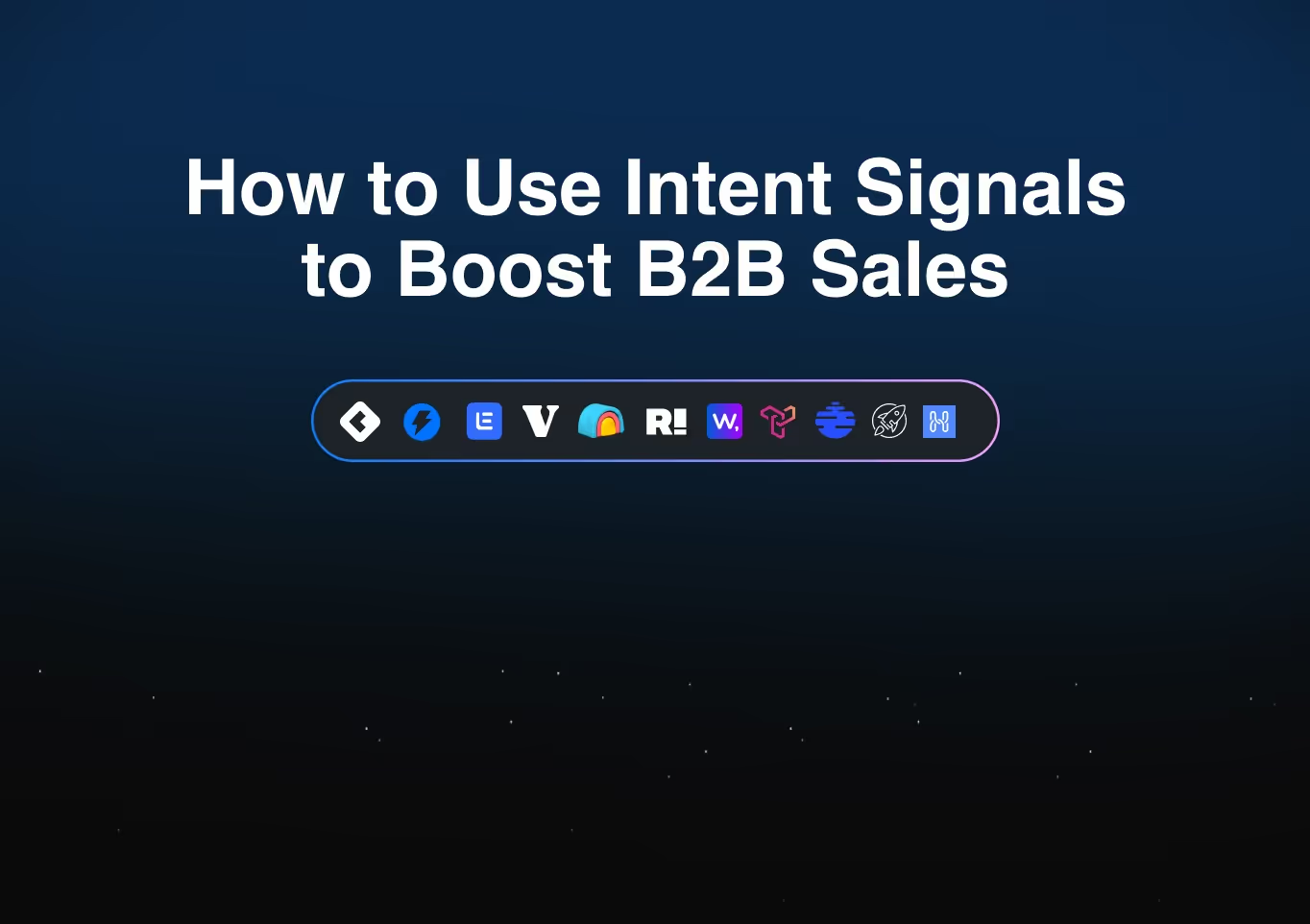

.avif)
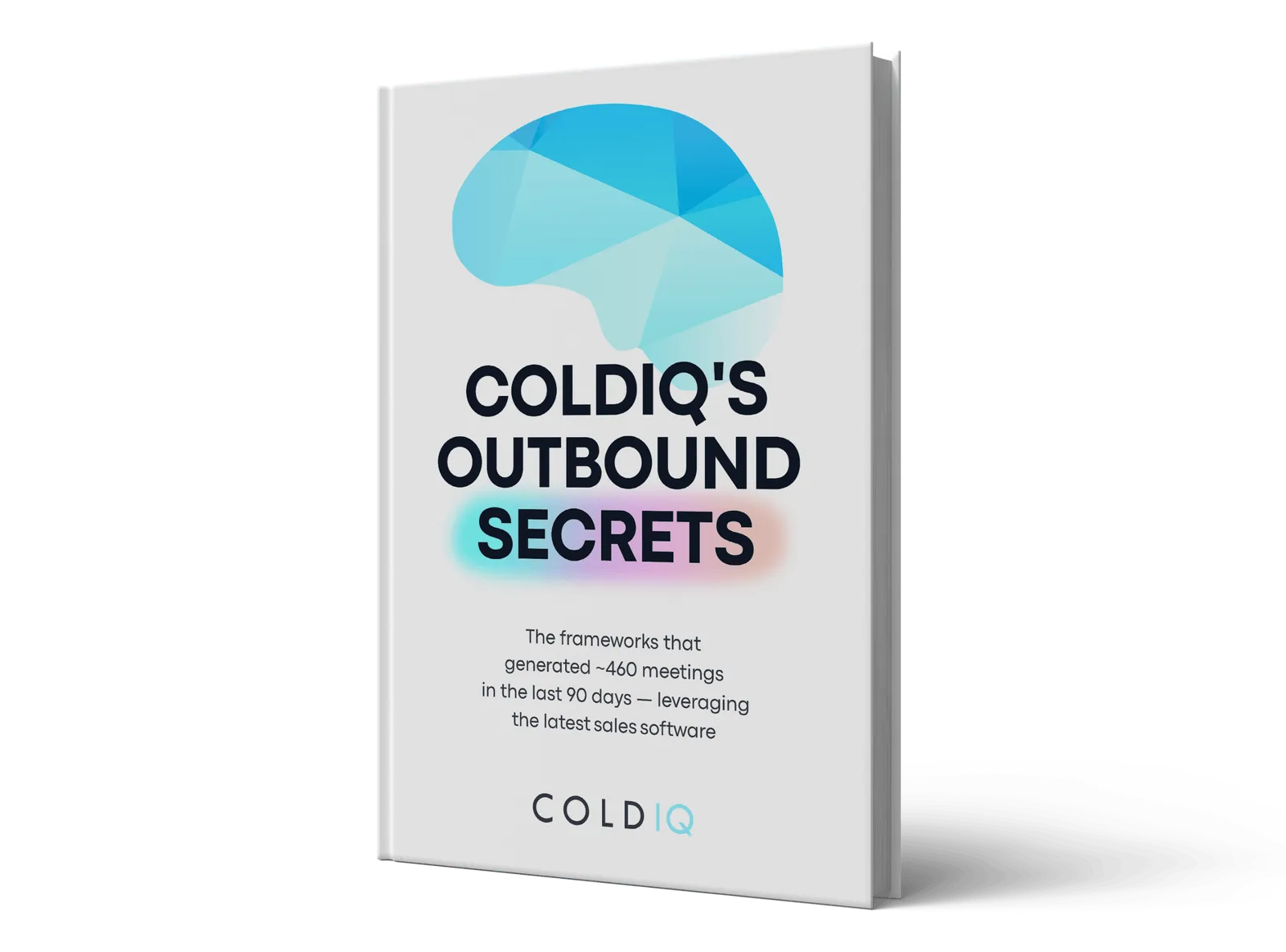
.svg)
.avif)
